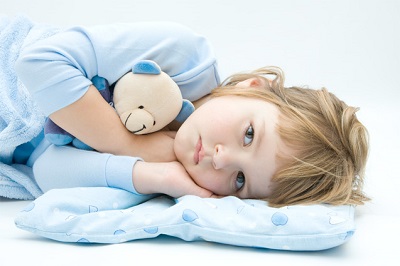Researchers at the Netherlands Institute for Neuroscience revealed that there are five types of insomnia. A commentary stated that the finding could be a new page in the history of insomnia, promoting discoveries on mechanisms and interventions, according to Science Daily.
Insomnia is a major problem
One out of ten people suffer from chronic insomnia: it’s the second-most prevalent and burdensome mental disorder. Findings on underlying brain mechanisms have been inconsistent. Treatment that is effective for some, gives no relief to others. Insomnia has remained an enigma. Thanks to volunteers of the internet-platform slaapregister.nl there is now hope for faster discoveries.
Insomnia has many faces
With the help of thousands of volunteers, Drs. Tessa Blanken and her colleagues at the Netherlands Institute for Neuroscience now revealed why it has been so difficult to find consistent brain mechanisms and treatment effects. “While we have always considered insomnia to be one disorder, it actually represents five different disorders. Underlying brain mechanisms may be very different. For comparison: progress in our understanding of dementia was propelled once we realized that there are different kinds, such as Alzheimer-, vascular-, and frontal-temporal dementia.”
Five insomnia types
Surprisingly, the five insomnia types did not differ at all on sleep complaints like difficulty falling asleep versus early morning awakening. Some earlier attempts to define subtypes focused on these sleep complaints, and may therefore have been unsuccessful. Blanken and colleagues identified subtypes by looking beyond sleep complaints. They assessed dozens of questionnaires on personality traits that are known to be rooted in brain structure and function. Insomnia subtypes could be discovered by looking at trait profiles. Type 1 scores high on many distressing traits such as neuroticism and feeling down or tense. Types 2 and 3 experienced less distress and were distinguished by their high versus low sensitivity to reward. Type 4 and 5 experienced even less distress and differed by the way their sleep responded to stressful life events. These induced severe and long-lasting insomnia in type 4, while the sleep of type 5 was unaffected by these events .
Differences are not limited to traits
Volunteers measured again after five years mostly retained their own type, which suggested anchoring in the brain. Indeed, types also differed in their EEG response to environmental stimuli. Underlying mechanisms can now be better mapped with brain research. Subtyping was also clinically relevant. Effectiveness of treatment with sleeping pills or cognitive behavioral therapy differed per type. And the risk of developing a depression varied dramatically. Subtyping now enables much more efficient research into the prevention of depression, by inviting specifically those with the highest risk. The researchers now commenced a study into prevention of depression in people with insomnia that run the highest risk.
N.H.Kh

